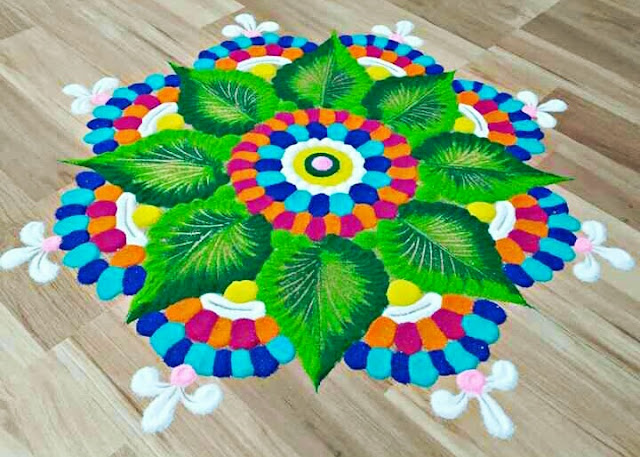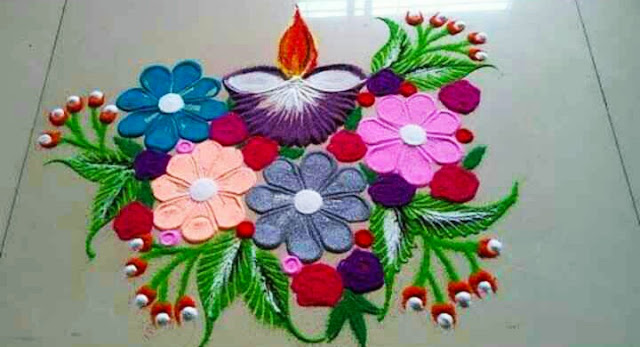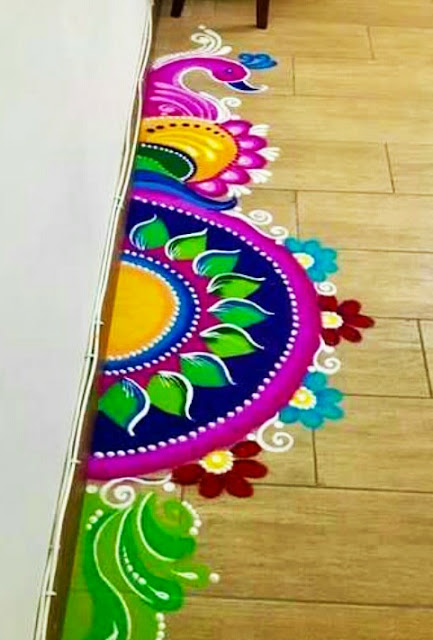Hello friends and welcome to Mixing Images, I am your dear friend Vikas Yadav. Friends, in today's post we talked about Rangoli Design. In today's post, I am going to post some cute and beautiful images of Rangoli Design for you, after which you will get very happy and you will feel very good. So let's start again.
Rangoli Design Images
 |
| Rangoli Design Images |
 |
| Rangoli Design Images |
 |
| Rangoli Design Images |
 |
| Rangoli Design Images |
 |
| Rangoli Design Images |
 |
| Rangoli Design Images |
 |
| Rangoli Design Images |
 |
| Rangoli Design Images |
 |
| Rangoli Design Images |
 |
| Rangoli Design Image |
 |
| Rangoli Design Image |
 |
| Rangoli Design Image |
 |
| Rangoli Design Image |
 |
| Rangoli Design Image |
 |
| Rangoli Design Image |
 |
| Rangoli Design Image |
 |
| Rangoli Design Image |
 |
| Rangoli Design Image |
 |
| Rangoli Images |
 |
| Rangoli Images |
 |
| Rangoli Images |
 |
| Rangoli Images |
 |
| Rangoli Images |
 |
| Rangoli Images |
 |
| Rangoli Images |
 |
| Rangoli Images |
 |
| Best Rangoli Images |
 |
| Best Rangoli Images |
 |
| Best Rangoli Images |
 |
| Best Rangoli Images |
 |
| Best Rangoli Images |
 |
| Best Rangoli Images |
 |
| Best Rangoli Images |
 |
| Best Rangoli Images |
 |
| Best Rangoli Images |
 |
| Best Rangoli Images |
Friends, I hope you have liked today's post very much and you must have been very happy and you have also shared this post with your friends. If you liked this post even a little bit, then you must like this post of mine and share it with your dear teachers. We must comment that if you liked my post or not, if it was good, what was good, if it was not good, then what was not liked.


![5555+ WhatsApp DP Images 2025 [ New & Stylish WhatsApp DP ]](https://blogger.googleusercontent.com/img/a/AVvXsEg95BfLEowtFnLtY0Il-OSnzA76svLtx8rt7iXrP02lzt0U-y2AHvAhQFdIMHg97mkNEBk6mB9z2cDEusvytmRIYatQLaGhPeZbmVKP0hTcPe2dxRSKw9LydaR2N3t5TOrDor018-2ttJcGzBUgjgqO4mU_pxF-2gw4zEAZ4tWQNydtUyrGsYH6CVrZ=w680)




0 Comments
If You Have Any Doubts. Please Let Me Know.